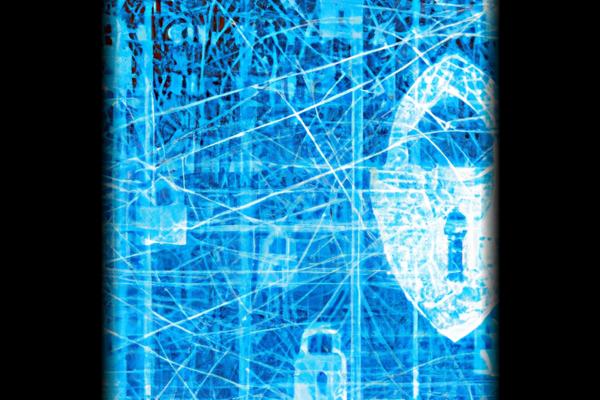Continuous vulnerability scanning is a critical process that utilizes automated tools to identify known vulnerabilities and missing patches in a network or application [2]. It provides an initial assessment of an organization’s vulnerabilities without actively attempting to breach its defenses [2]. This process is essential in today’s rapidly evolving threat landscape, where the time between vulnerability discovery and exploitation by hackers is shrinking.
Description
Continuous vulnerability scanning plays a crucial role in maintaining the security posture of an organization. By utilizing automated tools, it offers 24/7 monitoring and automation to quickly identify and resolve issues [1], reducing the risk of breaches [1]. Unlike one-off or periodic scans, continuous scanning provides an up-to-date view of security by constantly monitoring for new vulnerabilities. This is particularly important for agile SaaS businesses, online retailers [4], and industries like healthcare and financial services that require continuous protection [4].
Severity scores [2], based on industry-standard metrics like the Common Vulnerability Scoring System (CVSS) [2], are assigned to identified vulnerabilities [2]. These scores quantify the level of risk associated with each vulnerability [2], taking into account factors such as exploitability [2], impact [2], and ease of remediation [2]. Continuous vulnerability scanning also provides valuable threat data and remediation advice [4], allowing businesses to prioritize vulnerabilities based on their specific needs.
To address security issues early on and minimize deployment delays [3], continuous vulnerability scanning involves analyzing dependencies and comparing them to vulnerability databases [3]. This helps identify known security vulnerabilities in open-source software components and libraries [3]. Manual analysis is not scalable [3], so automated Software Composition Analysis (SCA) tools are more efficient. While SCA does not directly prevent cyber attacks [3], it helps address issues before they can be exploited [3]. Integration of SCA throughout the software development lifecycle (SDLC) and automation in the Integrated Development Environment (IDE) and Continuous Integration/Continuous Deployment (CI/CD) pipeline is crucial. Diversifying scans and integrating with issue tracking systems are also recommended [3]. Creating security policies based on SCA results can help prioritize vulnerabilities [3].
Conclusion
Continuous vulnerability scanning is vital for businesses to proactively address security issues and minimize the risk of breaches. By providing real-time monitoring, automation [1], and valuable threat data [4], it enables organizations to quickly identify and resolve vulnerabilities. This not only reduces the burden on IT teams but also ensures the safety of software products. As the threat landscape continues to evolve, continuous vulnerability scanning will play an increasingly important role in optimizing application security and protecting organizations from emerging threats.
Intruder [1], a cyber security company [1], offers continuous vulnerability scanning and penetration testing services to help organizations reduce their attack surface [1]. Their powerful scanner identifies high-impact flaws and emerging threats [1], making vulnerability scanning accessible to everyone [1].
References
[1] https://thehackernews.com/2023/10/vulnerability-scanning-how-often-should.html
[2] https://www.cyberreport.io/news/understanding-the-difference-between-penetration-testing-and-vulnerability-scanning?article=84949
[3] https://www.jit.io/blog/7-tips-for-an-effective-sca-scan
[4] https://beker.uk/2023/10/19/vulnerability-scanning-how-often-should-i-scan/





